Mastering On-Page SEO Techniques: Boost Your Website’s Rankings
In today’s competitive digital landscape, mastering On-Page SEO is essential for improving your website’s visibility on search engines. Unlike Off-Page SEO, which focuses on external factors like backlinks, On-Page SEO refers to optimizing individual pages on your website to improve their search engine rankings and attract more traffic. This article will cover the most effective On-Page SEO techniques, helping you create a user-friendly, search-engine-optimized site.
Optimizing Title Tags
The title tag is one of the most important On-Page SEO elements. It’s the first thing users and search engines see when they encounter your webpage in search results. A well-crafted title tag can significantly boost your click-through rate (CTR) and rankings.
Best Practices for Title Tags:
- Keep it concise: Aim for 50-60 characters, as search engines truncate longer titles.
- Include the main keyword: Place the keyword as close to the beginning as possible.
- Create unique titles: Each page should have a unique title that accurately reflects its content.
Example of an optimized title tag:
“10 Essential On-Page SEO Techniques for Beginners”
Crafting Meta Descriptions
While meta descriptions don’t directly impact rankings, they play a crucial role in CTR. A compelling meta description encourages users to click on your link over others in the search results.
How to Write Effective Meta Descriptions:
- Keep it under 160 characters: Google usually displays up to 160 characters in search results.
- Include your keyword: Use your main keyword naturally in the description.
- Create a call-to-action: Encourage users to click through to your site.
Example:
“Learn the top On-Page SEO techniques to optimize your website for better rankings and increased traffic. Discover tips for title tags, meta descriptions, and more.”
Using Header Tags (H1, H2, H3) Effectively
Header tags (H1, H2, H3, etc.) help organize your content and make it easier for both users and search engines to understand. Proper use of headers also improves readability and ensures your content is accessible to a broader audience.
Best Practices:
- H1 tag: Use this for the main title of the page, and ensure it contains the main keyword.
- H2 and H3 tags: Use these to break down sections of content. For example, each section of this article is marked with an H2, and sub-sections with H3.
- Maintain hierarchy: Ensure the structure follows a logical hierarchy (H1 -> H2 -> H3).
Keyword Optimization
Keywords remain a cornerstone of SEO. However, modern SEO is about smart keyword placement rather than stuffing keywords into content.
Strategies for Effective Keyword Optimization:
- Place the main keyword in key areas: Use the keyword in the title, first paragraph, headers, and throughout the content naturally.
- Use LSI (Latent Semantic Indexing) keywords: These are related terms that help search engines understand the topic. For example, for “On-Page SEO,” LSI keywords might include “SEO techniques,” “meta tags,” or “keyword optimization.”
- Avoid overuse: Keyword stuffing can lead to penalties. Focus on quality and natural integration.
Optimizing URL Structure
A clean and simple URL structure is vital for both user experience and SEO. Search engines and users prefer URLs that are short, descriptive, and easy to read.
Best Practices for URL Optimization:
- Keep URLs short: Aim for under 60 characters if possible.
- Use hyphens (-) to separate words: Avoid using underscores (_) or spaces.
- Include keywords: Your main keyword should be part of the URL but keep it natural.
Example:
www.yoursite.com/on-page-seo-techniques
Image Optimization
Images are a great way to enhance your content, but they also need to be optimized for SEO. Image optimization ensures faster load times and better accessibility for search engines.
Key Tips for Image Optimization:
- Use descriptive file names: Rename your images with keywords that describe the content, e.g., on-page-seo-tips.jpg.
- Add alt text: The alt attribute helps search engines understand the image content. Use keywords where relevant, but make sure it accurately describes the image.
- Compress images: Large images slow down page load times. Use tools like TinyPNG or JPEG-Optimizer to reduce file sizes without sacrificing quality.
Internal Linking
Internal links are hyperlinks that point to other pages on your site. They are essential for keeping visitors on your site longer and helping search engines understand your content structure.
Internal Linking Best Practices:
- Use relevant anchor text: The clickable text should describe the destination page’s content.
- Link to relevant pages: Ensure that the linked content is relevant to the current page.
- Create a logical linking structure: Internal links help establish a hierarchy and pass link equity (ranking power) between pages.
Content Optimization for User Experience
Your content should be informative, engaging, and valuable. Well-written content improves user experience, which in turn boosts SEO rankings.
Tips for Content Optimization:
- Write for your audience: Address user needs and solve their problems.
- Keep it readable: Use short paragraphs, bullet points, and subheadings to make the content easy to scan.
- Incorporate multimedia: Use images, videos, and infographics to enhance the content and keep users engaged.
Mobile-Friendliness
With the rise of mobile searches, having a mobile-friendly website is critical for SEO. Google uses mobile-first indexing, which means it primarily looks at the mobile version of your site when ranking pages.
Mobile Optimization Tips:
- Responsive design: Ensure your website adapts to different screen sizes.
- Mobile-friendly fonts and buttons: Make sure text is easy to read and buttons are easy to tap on small screens.
- Test your site: Use Google’s Mobile-Friendly Test to identify areas for improvement.
Page Load Speed Optimization
A slow website can hurt your rankings and user experience. Optimizing your page load speed is crucial for retaining visitors and improving search visibility.
Ways to Improve Page Speed:
- Enable browser caching: Store static resources in users’ browsers to reduce load times.
- Optimize images and scripts: Compress files and eliminate unnecessary elements.
- Use a Content Delivery Network (CDN): A CDN reduces latency by serving your content from servers closest to the user.
Tools for testing and improving page speed:
Google PageSpeed Insights, GTmetrix, and Pingdom.
Conclusion
On-Page SEO is a powerful tool that can significantly improve your website’s visibility and user experience. By implementing the techniques discussed—optimizing title tags, meta descriptions, headers, images, and more—you can create a solid foundation for better search engine rankings.
Remember, SEO is not a one-time task; it’s an ongoing process. Continually monitor your site’s performance and make adjustments as necessary to stay ahead of the competition.
FAQs
What is the difference between On-Page and Off-Page SEO?
On-Page SEO refers to optimizing individual web pages for better rankings, while Off-Page SEO involves activities like backlink building outside of your website.
How often should I update my On-Page SEO?
Regular updates are recommended, especially after publishing new content or changes to SEO guidelines. Reviewing your site’s performance every few months is a good practice.
Can On-Page SEO alone help my website rank higher?
On-Page SEO is essential, but it works best when combined with Off-Page SEO and technical SEO for comprehensive optimization.

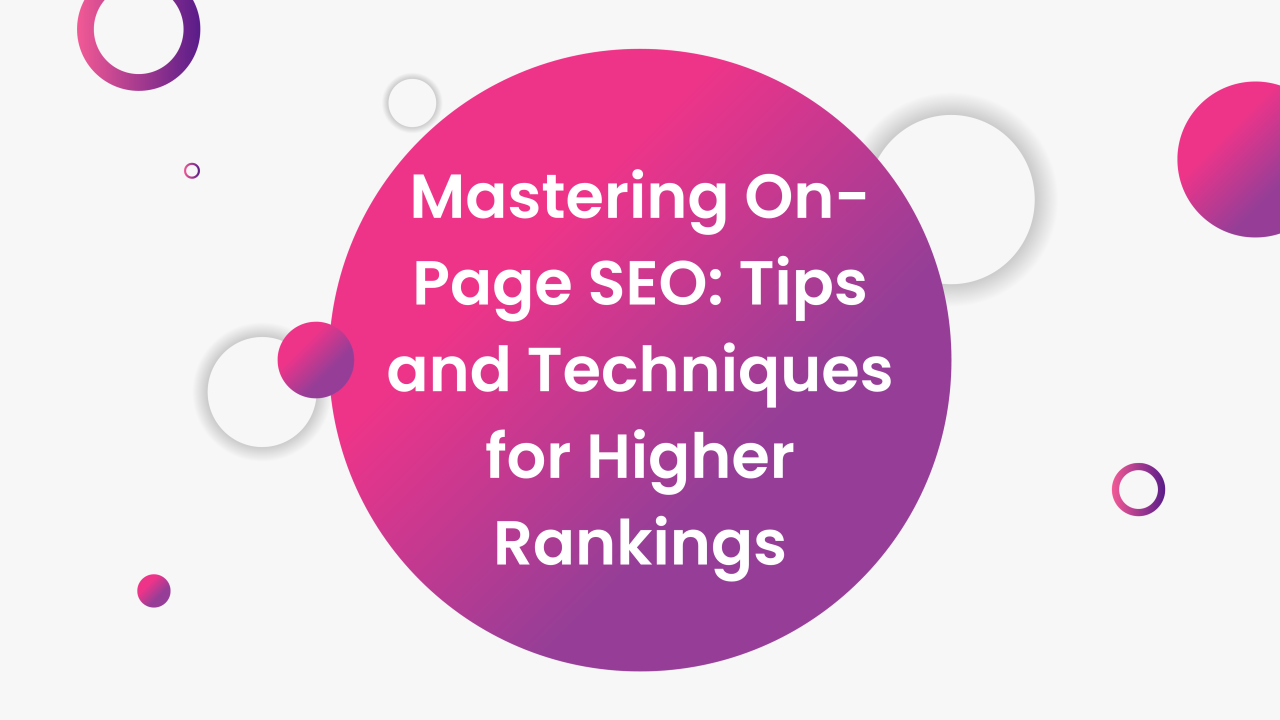
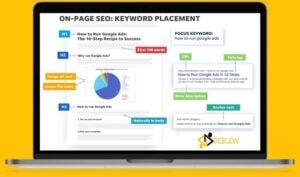
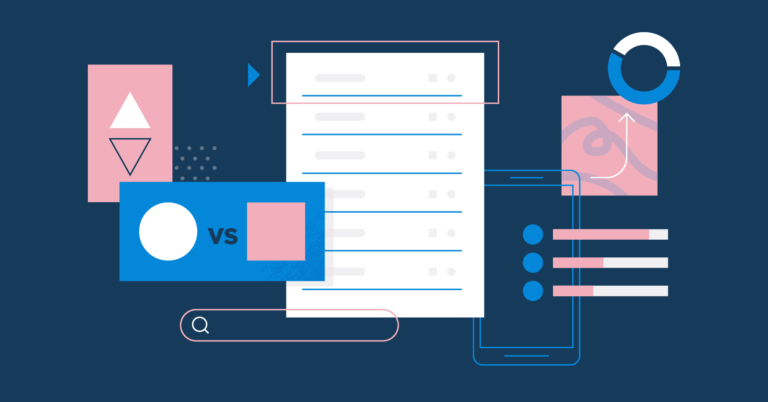

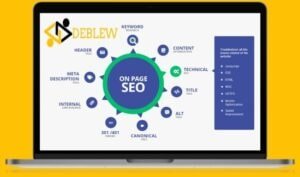
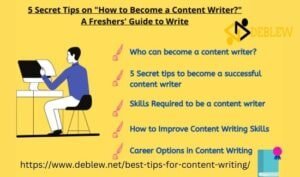

This was beautiful Admin. Thank you for your reflections.
Uyducu Malatya uydu servisi Uydu anteni kurulumu için harika bir iş çıkardılar, ellerine sağlık. https://www.czechsportsagency.com/read-blog/1716
süpürge boru temizliği Personel çok ilgiliydi, tüm sorularıma yanıt verdiler. https://melaninbook.com/read-blog/43977
en iyi süpürge servisi Bakım sonrasında süpürgemin performansı arttı. https://www.flexsocialbox.com/read-blog/12023
Thank you I have just been searching for information approximately this topic for a while and yours is the best I have found out so far However what in regards to the bottom line Are you certain concerning the supply
I just wanted to express my gratitude for the valuable insights you provide through your blog. Your expertise shines through in every word, and I’m grateful for the opportunity to learn from you.
“This is exactly what I was looking for, thank you!”
Thanks I have just been looking for information about this subject for a long time and yours is the best Ive discovered till now However what in regards to the bottom line Are you certain in regards to the supply
“Great content, learned a lot from this post!”
“I appreciate the detailed explanation, very helpful!”
“This is exactly what I was looking for, thank you!”
“I agree with your points, very insightful!”
“Great content, learned a lot from this post!”
“Your writing style is engaging and clear, love it!”
“Amazing post, keep up the good work!”
“Thanks for sharing such valuable information!”
“This article is real
“Well explained, made the topic much easier to understand!”
“Amazing post, keep up the good work!”
“Your writing style is engaging and clear, love it!”
“Great content, learned a lot from this post!”
mly informative and well-written!”